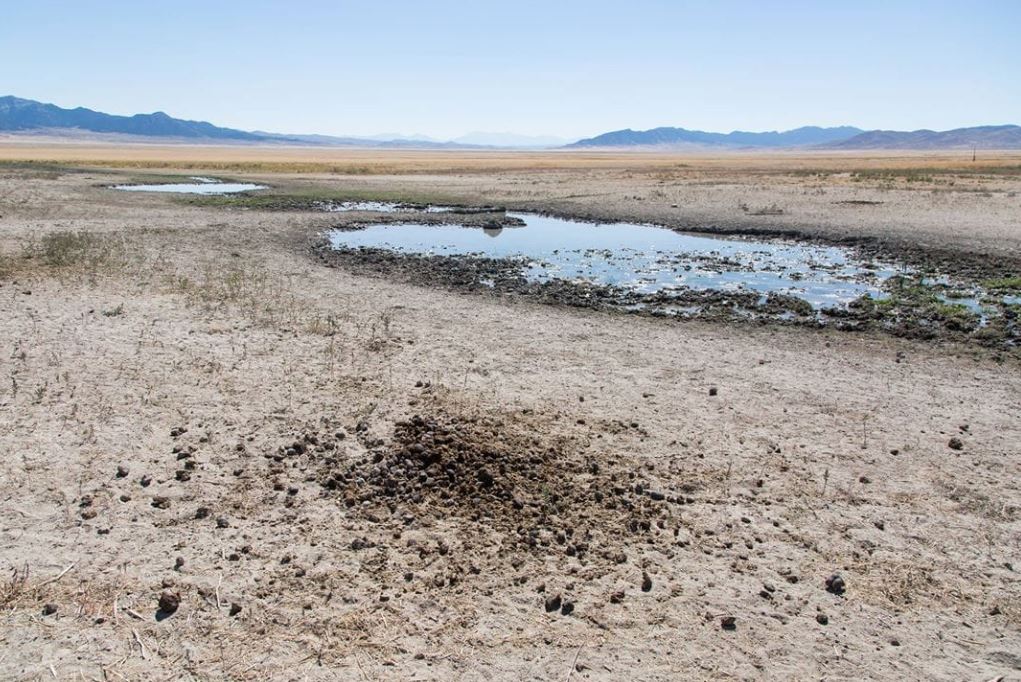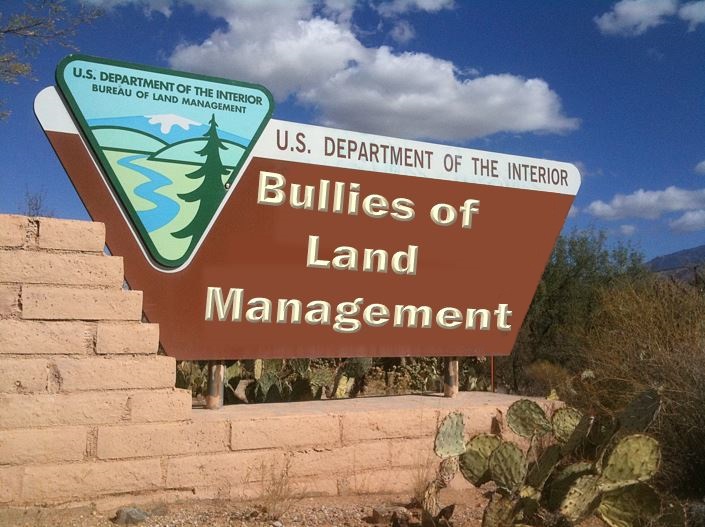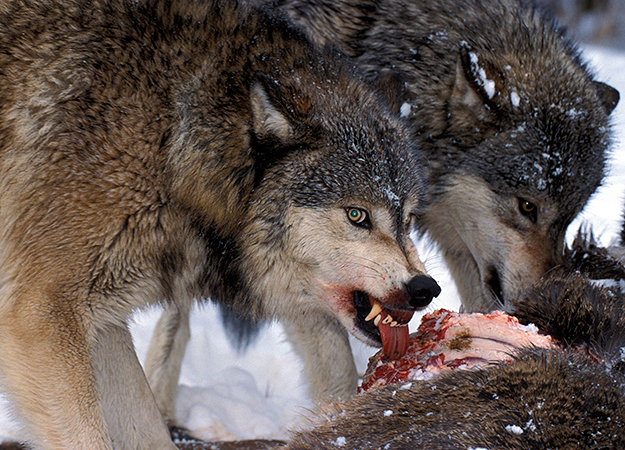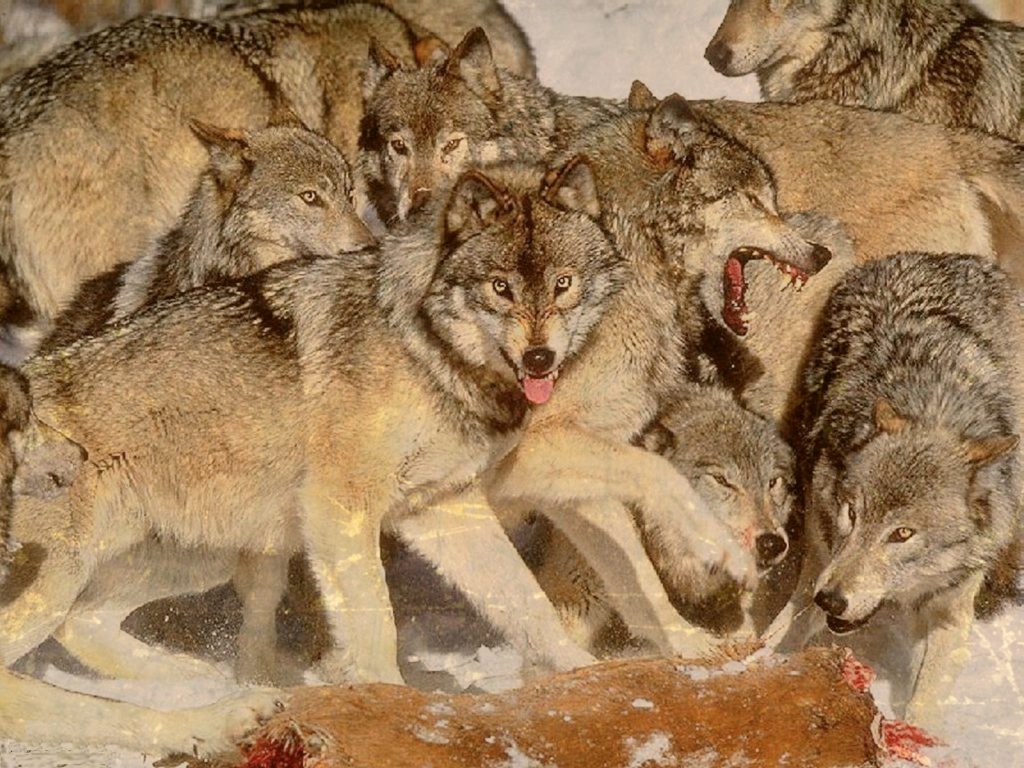When managed wisely, wild horses and burros can thrive in the American West. However, left uncontrolled, herds quickly overpopulate their habitat, overgraze the land and decimate the fragile desert spring ecosystems critical to their survival and that of other species.
William Perry Pendley
America’s wild horses and burros need our help
The Bureau of Land Management, which administers 245 million acres of public land, primarily in the 11 Western states and Alaska, has the federal government’s most difficult mission. Under its statutory “multiple-use, sustained yield” mandate, the BLM manages a breathtaking array of uses of federal lands. Given the passion with which the public embraces those uses, folks sometimes disagree about the decisions the BLM makes.
There is, however, one matter for which the BLM is responsible on which there is unanimity. Today, scientists, veterinarians and federal land managers all agree that America’s wild horses and burros, the rangeland that supports them, as well as the people, communities and indigenous plants and animals across the West affected by them, need our help.
Since 1971, the BLM, along with the U.S. Forest Service, has been legally required to protect these “living symbols of the historic and pioneer spirit of the West,” and to manage them as “an integral part of the natural system of the public lands.” When managed wisely, wild horses and burros can thrive in the American West. However, left uncontrolled, herds quickly overpopulate their habitat, overgraze the land and decimate the fragile desert spring ecosystems critical to their survival and that of other species.
This is not just my opinion that wild horses and burros pose an existential threat to our public lands. It is documented reality — established by decades of peer-reviewed research by leading wildlife biologists and range scientists.
Today, the BLM estimates there are nearly 90,000 wild horses and burros on public lands under our jurisdiction – a 50-year high and over three times the population size professional land managers and expert scientists tell us is healthy for the animals and the land.
The nationwide population has more than doubled in just the past 10 years and continues to grow at a rate of 10-15 percent annually — well beyond the sustainable level of just 27,000 animals. Herds are booming on lands with short growing seasons and little water that cannot support them indefinitely. This ecological time bomb is just waiting to explode. We are already seeing animals starving and dying due to a lack of forage and water. This is not responsible management, nor is it humane or compassionate.
The BLM manages livestock grazing as mandated by Congress to ensure sustainable, long-term productivity of public lands. We require ranching families to limit the size of their herds based on rangeland health. We must do the same for wild horse and burro populations.
We also need to remember that the range supports native wildlife — including mule deer, pronghorn antelope and more than 200 other native species of mammals, birds and other wildlife and plants, some of which, including the desert tortoise, are protected by the Endangered Species Act.
Free Range Report
Thank you for reading our latest report, but before you go…
Our loyalty is to the truth and to YOU, our readers!
We respect your reading experience, and have refrained from putting up a paywall and obnoxious advertisements, which means that we get by on small donations from people like you. We’re not asking for much, but any amount that you can give goes a long way to securing a better future for the people who make America great.
[paypal_donation_button]
For as little as $1 you can support Free Range Report, and it takes only a moment.



